X
Electric hoists represent their own machinery, strength, and toughness, while the stage is elegant, flowing, and soft, with conflicts and collisions between the two.
The first step in manufacturing stage electric hoists is to conduct a demand analysis. Engineers will communicate with stage designers, performance teams, and equipment suppliers to understand the spe
Category : V7 Stage Electric Series
Get a Quote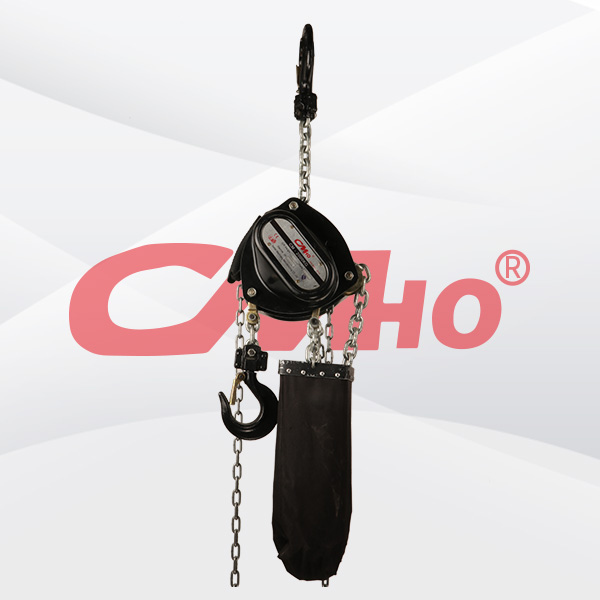
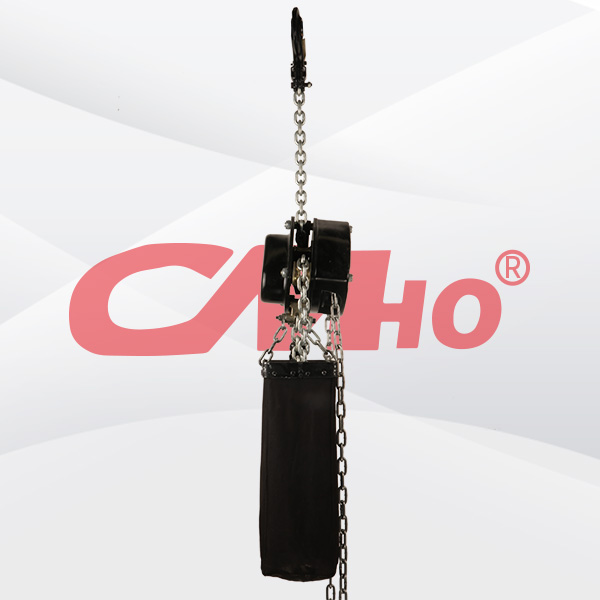
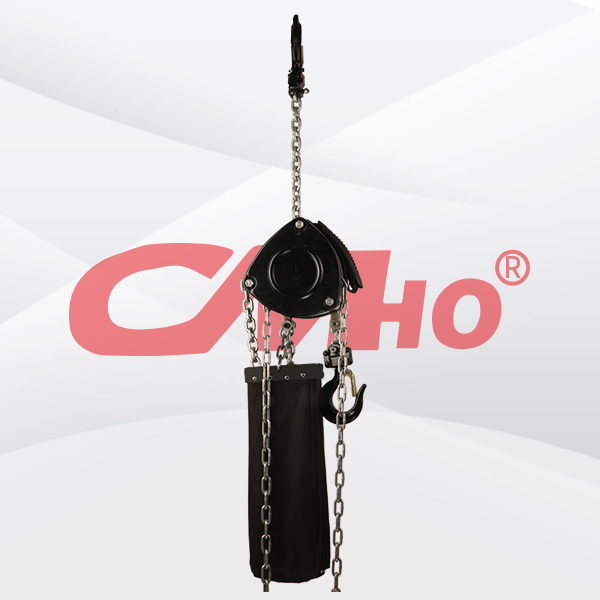
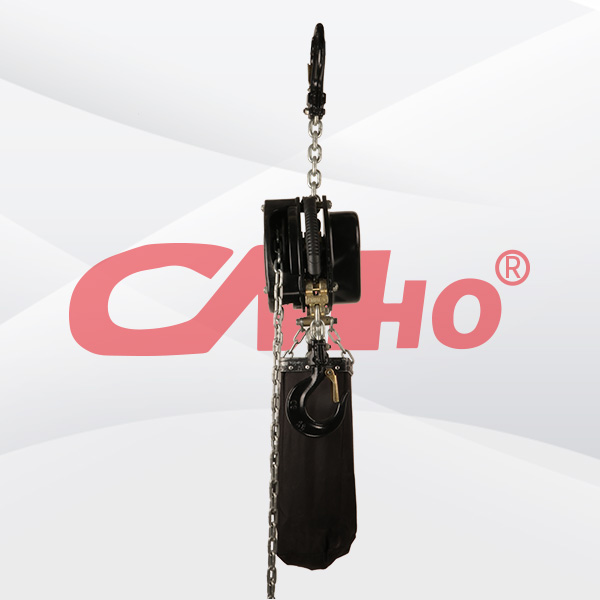





Product Details
Full analysis of the manufacturing process of stage electric hoist
1、 Design and Planning
(1) Requirement analysis
The first step in manufacturing stage electric hoists is to conduct a demand analysis. Engineers will communicate with stage designers, performance teams, and equipment suppliers to understand the specific requirements of stage performances, including the required lifting weight, lifting height, operating speed, accuracy requirements, etc.
(2) Design proposal formulation
Based on the results of the requirements analysis, the design team will develop a detailed design plan. This plan includes the structural design of the electric hoist, motor selection, transmission system design, control system design, etc. In the design process, it is necessary to fully consider the special characteristics of the stage environment, such as space limitations, noise requirements, safety standards, etc.
2、 Material procurement and preparation
(1) Material selection
Stage electric hoists require the use of high-strength, corrosion-resistant, and wear-resistant materials to ensure their safety and reliability during long-term use. Common materials include high-quality steel, aluminum alloys, copper alloys, etc. At the same time, it is necessary to choose suitable components such as motors, reducers, brakes, and wire ropes.
(2) Material inspection
The purchased materials need to undergo strict inspection to ensure that their quality meets the design requirements. The inspection content includes the chemical composition, mechanical properties, dimensional accuracy, etc. of the material. For key components, non-destructive testing such as ultrasonic testing, magnetic particle testing, etc. is also required.
3、 Component processing
(1) Mechanical processing
According to the design drawings, various machine tools are used to process materials such as steel and aluminum alloy, and manufacture various components of the electric hoist, such as the shell, drum, gear, shaft, etc. During the processing, it is necessary to strictly control the dimensional accuracy and surface quality to ensure the assembly accuracy and performance of the components.
(2) Heat treatment
For some key components such as gears, shafts, etc., heat treatment is required to improve their hardness, strength, and wear resistance. Heat treatment processes include quenching, tempering, carburizing, etc.
(3) Surface treatment
In order to improve the corrosion resistance and aesthetics of the components, surface treatment is required. Common surface treatment methods include painting, galvanizing, chrome plating, etc.
4、 Assembly and Debugging
(1) Component assembly
Assemble the processed components to form a complete stage electric hoist. During the assembly process, it is necessary to strictly follow the assembly process requirements to ensure the accurate installation position and firm connection of each component.
(2) Electrical system installation
Install the electrical system of the electric hoist, including motors, controllers, sensors, cables, etc. The installation of electrical systems needs to comply with relevant electrical safety standards to ensure stable and reliable operation.
(3) Debugging and Testing
Debug and test the assembled stage electric hoist to ensure its performance meets the design requirements. The debugging content includes adjusting parameters such as motor speed, torque, and current, as well as testing the accuracy and stability of the transmission system. At the same time, safety performance tests such as overload protection, limit protection, emergency stop function, etc. need to be conducted.
5、 Quality Inspection and Packaging
(1) Quality inspection
Conduct comprehensive quality inspection on the manufactured stage electric hoist, including inspection of appearance quality, dimensional accuracy, performance indicators, safety performance, and other aspects. Quality inspection requires strict adherence to relevant standards and specifications to ensure that every electric hoist meets quality requirements.
(2) Packaging and Shipping
Stage electric hoists that have passed quality inspection need to be packaged to ensure that they are not damaged during transportation and storage. The packaging materials are usually wooden cases, foamed plastics, etc. The packaging method needs to be selected according to the size and weight of the electric hoist. After packaging is completed, the electric hoist will be shipped to the customer.
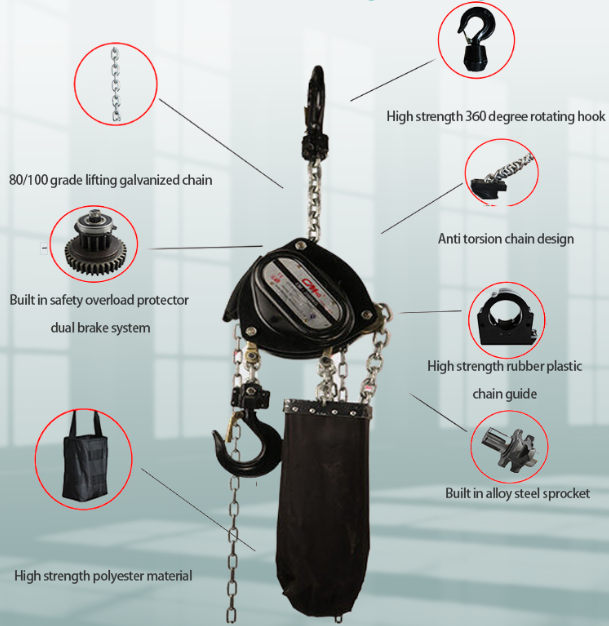
RELATED PRODUCTS .
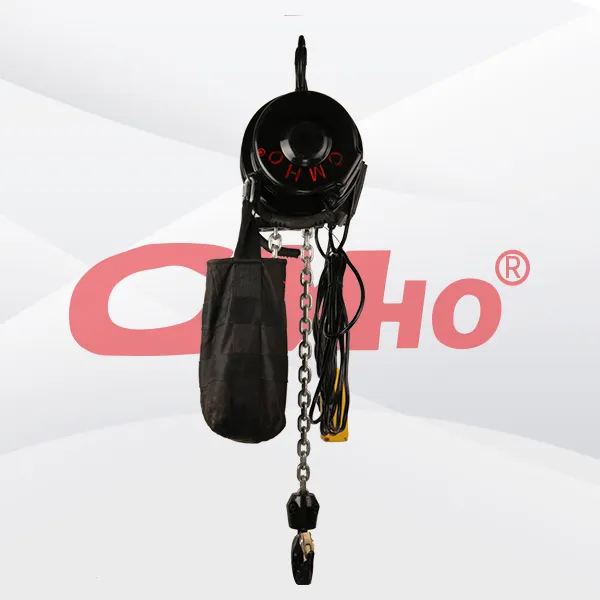
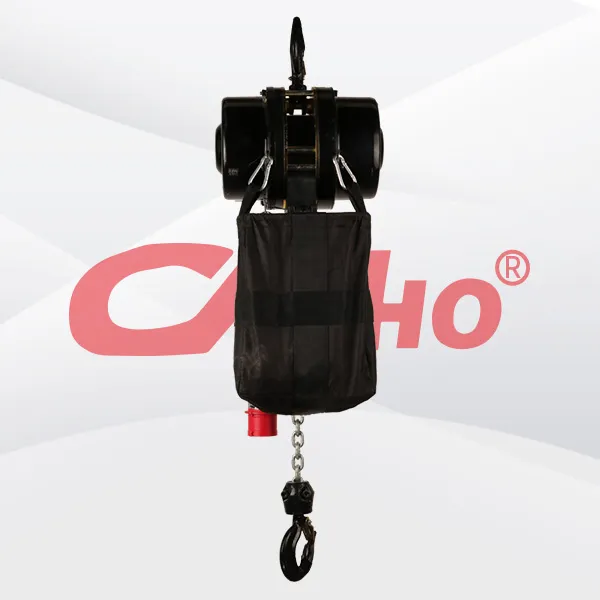
Powerful Stage Truss Hoist can provide convenience and support for the construction of facilities in large conferences, seminars and other meeting activities, meet the requirements of venue layout for
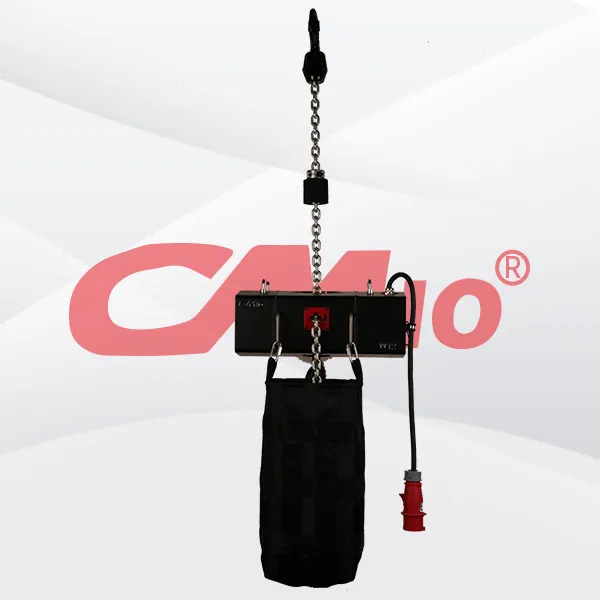
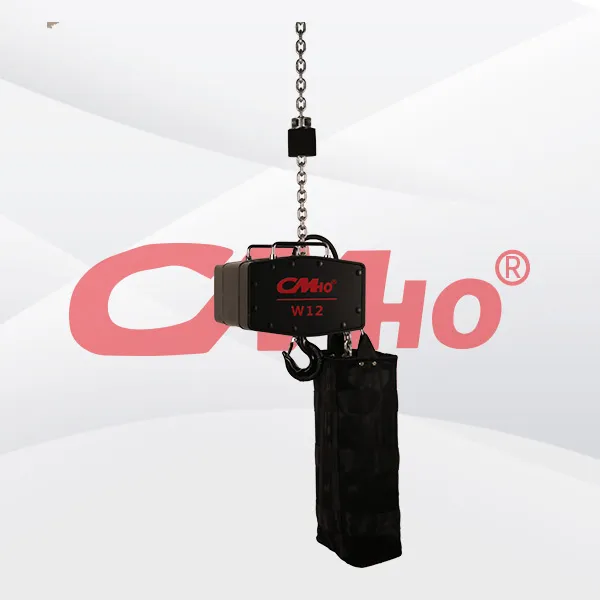
Flexible stage truss motors are typically made of lightweight and high-strength materials such as aluminum alloy, which not only facilitates transportation and installation but also can bear heavy loa

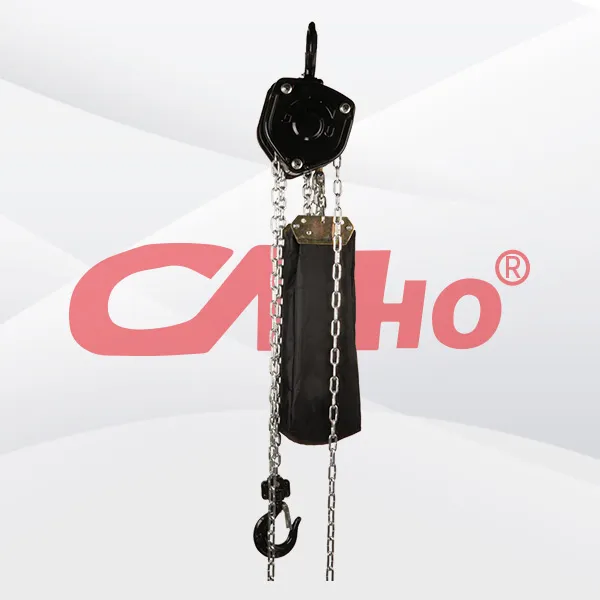
Stage light manual chain hoists, with their low cost, ease of operation, and non-reliance on electricity, have become an ideal choice for small and medium-sized stages, emergency scenarios, and requir

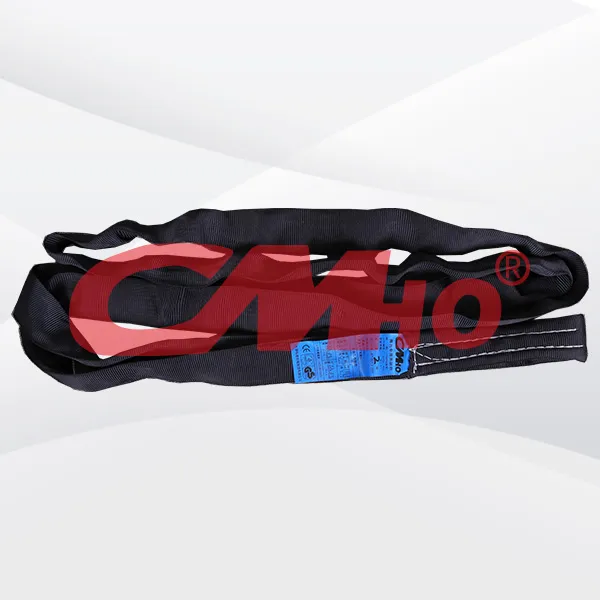
Truss slings for lifting are widely used in the hoisting of stage lighting trusses and outdoor performance equipment, especially in scenarios requiring frequent disassembly and assembly or exposure to

2025-02-28
创始人
0
The participation of Tianjin Kemei in the Guangzho...
Tianjin Kemei made a remarkable and eye-catching appearance at the Guangzhou (International) Performing Arts Equipment, Intelligent Acoustic, Optical and Electrical Products...
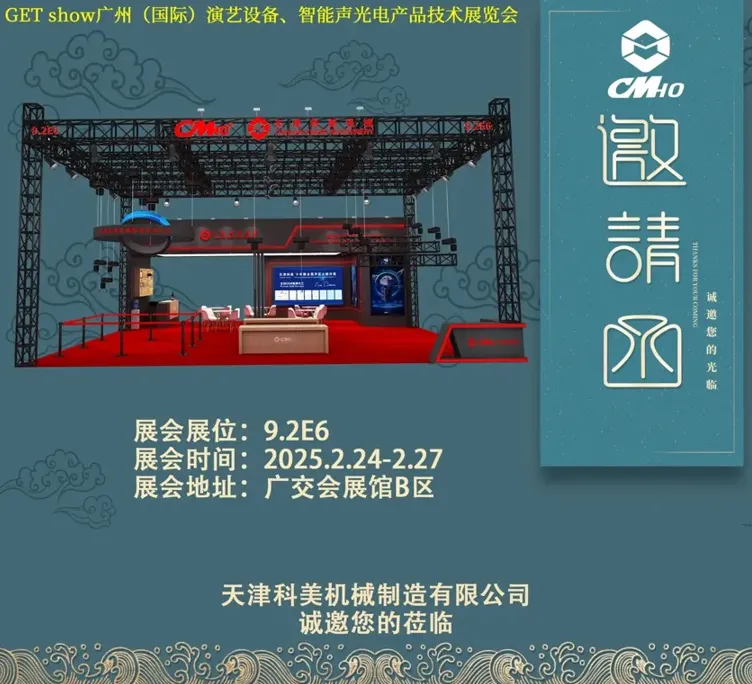
2025-02-27
创始人
0
Guangzhou (International) Performing Arts Equipmen...
In the era of the rapid development of stage lifting equipment and intelligent acousto - optic technology, every industry event serves as a crucial opportunity for innovatio...

2025-02-27
创始人
0
GET show Guangzhou (International) Performing Arts...
Tianjin Kemei Machinery Manufacturing Co., Ltd. has been deeply engaged in the stage equipment manufacturing field for many years and has developed into a modern benchmark e...

2024-09-24
admin
0
Tianjin Kemei Machinery Manufacturing Co., Ltd. Ne...
Tianjin Kemei Machinery Manufacturing Co., Ltd.: New Starting Point, New Journey - New Factory Relocation Record

